Introduction

One thing is clear by now, no one can correctly predict what Voigtländer lens Cosina will release next. In mid 2023, when many people were expecting a fast 28mm to fit inbetween the VM 21mm 1.4 and VM 35mm 1.2 III, they did the opposite and released this Voigtländer VM 28mm 2.8 Color-Skopar. One stop slower, smaller and lighter than the highly regarded VM 28mm 2.0 MK II, but not a lot cheaper. Let’s find out in this review who this lens is for and who is better off with the faster f/2.0 version.
This lens will be reviewed on the 42mp Sony A7rII and the 24mp Leica M10.
Sample Images









Most of the sample images in this review can be found in full resolution here.
Contents
Specifications/Version History
There has been a Voigtländer 28mm 3.5 Color-Skopar that had been produced from 2002 until 2007 which could be seen as this lens’ predecessor. This new 28mm 2.8 comes in no less than 3 different versions that all feature the same optics. This is how they compare:
- Voigtlander 28mm 3.5 Color-Skopar
163g (black and silver), 7/5 design, 39 mm filter thread, MFD 0.7 m, M39, 2002-2007 - Voigtlander VM 28mm 2.8 Color-Skopar Type I
143g (black/silver), 8/5 design, 34 mm filter thread, MFD 0.7 m, M-mount, infinity lock, 2023- - Voigtlander 28mm 2.8 Color-Skopar
122g (black/silver), 8/5 design, 34 mm filter thread, MFD 0.7 m, M39, infinity lock, 2023- - Voigtlander VM 28mm 2.8 Color-Skopar Type II
106g (black/silver), 8/5 design, 39 mm filter thread, MFD 0.5 m, M-mount, 2023-
For those that are using an older Leica or a Canon rangefinder it is nice that this lens is available as an M39 version. If you are using an M-mount camera, Type II is kind of the obvious choice here though, this is also why I bought it. It has the following specifications:
-
- Diameter: 51 mm
- Field of view: 74.6° (diagonally)
- Length: 24 mm
- Weight: 108g (without hood and caps)
- Filter Diameter: 39 mm
- Number of Aperture Blades: 10 (straight)
- Elements/Groups: 8/5

- Close Focusing Distance: 0.5 m
- Maximum Magnification: 1:14.2 (measured)
- Mount: Leica-M
buy from ebay.com | B&H (affiliate links) for $699
Handling / Build Quality

I said it several times before, Cosina doesn’t follow a clear line when it comes to the casing design of their M-mount lenses. This VM 28mm 2.8 Color-Skopar comes in two different casing designs though and both in black and silver, so there is a higher likelihood to find something you like.

I bought the Type II in black which has a styling similar to many of the older Voigtländer VM lenses like e.g. the VM 15mm 4.5 II, VM 21mm 4.0 or VM 40mm 1.4.
Markings are red/white (engraved and filled with paint), the focus ring has a very nice, has perfectly even resistance and turns about 120° from the minimum focus distance of 0.5 m to infinity.
The aperture ring has equidistant and distinct half-stop click stops and feels very tightly assembled.

The aperture ring actually feels very similar to that of the Minolta 40mm 2.0 M-Rokkor and both theses lenses are also very similar in size and would make for a compelling two lens set for the Minolta CLE.

Another thing that keeps puzzling me about these Voigtländer lenses is the hood situation. My VM 21mm 3.5 Color-Skopar did not ship with one and neither did my VM 35mm 1.2 III Nokton or VM 40mm 1.4 Nokton, yet the VM 21mm 1.4 Nokton came with one and also here a small hood is included. The hood is tiny and not really needed as you will see in the flare resistance section. I keep mine in the box and enjoy a smaller lens.
The lens features a rangefinder coupling and a focus tab. Out of the box the lens was well calibrated on my rangefinder cameras, but then a 28mm 2.8 is not that demanding to begin with. Because of its tiny size there is only minimal rangefinder blockage, it does hardly make a difference here if you use the hood or not.

The lens can of course be adapted to modern mirrorless cameras. When coupled with a Sony E-mount or Nikon Z-mount camera you can e.g. use the TTArtisan 6-bit adapter to give it basic Exif data or the Techart LM-EA9 to equip it with autofocus.
Vignetting

| f/2.8 | 3.6 EV |
| f/4.0 | 2.8 EV |
| f/5.6 | 2.4 EV |
| f/8.0 | 2.3 EV |
| f/11-f/22 | 2.1 EV |
Small lenses usually don’t do well when it comes to vignetting and this holds also true for the Voigtländer 28mm 2.8. More than 3 EV at the maximum aperture is a whole lot and what is worse, even stopped down 2 EV remain.
The Voigtländer VM 28mm 2.0 MK II did hardly better in this category with similar vignetting values at its maximum aperture as well as stopped down. Yet when you compare them at f/2.8 and f/4.0 the faster lens has almost 1 EV advantage.
Now you might think that this is the price to be paid for such a compact lens, but we should keep in mind the Brightin Star 28mm 2.8 with its big rear element did noticeably better in this category (not in any other though…).

It is recommended to have a look at this article first to get an idea how this brightness graph works.
Sharpness
Focus shift
100% crops, A7rII
There is no focus shift to worry about here. Going by the specifications I also didn’t expect any, but then there was the Brightin Star 28mm 2.8 which showed a lot, so I thought better to check.
infinity (42mp Sony A7rII/24mp Leica M10)

Exposure in the corners has been lifted in post to reveal more details.
On the Leica M10 the performance in this category is pretty much impeccable. There is a hint of a midzone dip at f/2.8 which is hardly visible on 24mp but might be more noticeable on the higher resolution M-mount cameras. On the M10 this is actually hardly field relevant though and if the situation demands to use f/2.8, you won’t be disappointed.
Cosina said in their marketing material that this f/2.8 lens offers the same performance as their 28mm 2.0 MK II, but in a smaller package. Having used both lenses I generally agree with that statement, as both lenses perform really well at infinity. If deciding between them this is not the category that will sway the scale.
On cameras with a thicker sensor stack like the Sony A7rII the situation is very different though. The midzone dip is greatly exaggerated and the corners need stopping down to f/8.0 or better f/11 to look as good as on a camera with a thin sensor stack (or on film) at f/2.8. If you are looking for a most compact 28mm lens for mainly stopped down shooting you might not see this as much of an issue for actual use though.
portrait 0.9 m (24mp Sony A7III/Leica M10)
For portraiture it isn’t so important how flat the field is, it is more interesting to see what the sharpness is like when focused at different parts of the frame to take field curvature out of the equation.

We will be looking at 100% crops from the 24mp Sony A7III and the Leica M10. Both cameras do not have an anti aliasing filter in front of the sensor.
Sony A7III <—> Leica M10
At a focus distance of 0.9 m the lens performs extremely good in the center of the frame with lots of moiré. Performance in the inner midframe area is still very good and that the crop on the M10 looks slightly worse is probably due to precisely focusing being much easier with the Sony camera.
In the outer midframe area the Leica crop looks a bit better and this is probably due to the thicker filter stack of the Sony camera.
No matter what camera you are using though, this is a high resolving, high contrast lens and at these distances it might even perform slightly better than Voigtländer’s current 28mm 2.0.
close 0.50 m (42mp A7rII)
100% crops from center, A7rII
Just like the VM 28mm 2.0 Ultron MK II this 28mm 2.8 features a minimum focus distance of 0.5 m – not particularly great, but better than the usual 0.7 m we see on most M-mount lenses.
Performance here is very similar to the faster 28mm 2.0 as well: surprisingly good from wide open for a lens without floating elements.
Flare resistance

Usually evaluating flare is a complex matter since you can often fabricate scenarios where they look bad, but this isn’t really the case with this lens.
It doesn’t matter where the sun is inside or outside the frame, it is very hard to create any kind of artefacts. This is exactly the kind of performance I expect of a modern lens like this.

Coma
100% crops from extreme corner, focused on center, Leica M10
We saw the good corner performance in the sharpness section, so I expected a good performance here as well. There is a low amount of coma visible at f/2.8, but already at f/4.0 the corners look mostly clean. So if possible I would stop this lens down to f/4.0 when taking pictures of blue hour cityscapes.
Distortion
Distortion is low and mostly uniform. There is no profile in Lightroom available (yet?), but dialing in +3 in Lightroom/Photoshop is doing a good job at correcting it and should be sufficient for most subjects.
The distortion is a little bit lower compared to the Voigtländer VM 28mm 2.0 Ultron MK II, but the difference is really small, so not really worth to even talk about.
Bokeh

A minimum focus distance of 50 cm is quite decent for an M-mount lens, but compared to 28mm lenses for other mounts not that spectacular. The maximum aperture of f/2.8 obviously also doesn’t help if you are trying to create a shallow depth of field.

So on a Leica camera, even when the lens is set to its minimum focus distance and to f/2.8, the backgrounds are simply not blurred that much.


At longer focus distances the backgrounds will be just barely out of focus. In the picture above you also see the negative impact of the optical vignetting: the bokeh in the center is decently smooth, but the same cannot be said about the border and corner regions.


Now the situation is different when using the lens on one of the modern mirrorless cameras (e.g. Sony E or Nikon Z) with a close focus adapter (I used the Techart LM-EA9 AF adapter here which is essentially the same thing).
With such an adapter you can focus way closer resulting in a much shallower depth of field and the bokeh is also surprisingly nice at these distances. Cat’s eye shaped out of focus highlights towards the corners caused by optical vignetting are definitely present though.
Sunstars
We get to see the 10-stroke sunstars here we are used to from Voigtländer lenses. They start to become visible by f/4.0 and look nice at all aperture settings down to f/22.
If you want to know more about sunstar rendering of different lenses have a look at this article.
Chromatic aberration
lateral
100% crops from border, Leica M10
Lateral CA are on a medium level but still easy to correct in post. In this category some of the older lenses like the Minolta 28mm 2.8 M-Rokkor actually perform better, but as this aberration is so easy to fix in post, this is often a well chosen trade-off these days to realize smaller lenses.
longitudinal
Leica M10 | Voigtlander VM 28mm 2.8 Color-Skopar | f/2.8
Bokeh fringing is less of an issue with this lens thanks to its parameters. In extreme scenarios like the one above a bit of purple fringing at wider apertures is visible though.
This is the only picture I took with this lens where I noticed it and I only took it to see if there is any to be able to show it to you.
Conclusion
good
|
average
|
not good
|
From what I gathered the previous Voigtländer 28mm 3.5 Color-Skopar wasn’t exactly a popular lens and only rose to (some) fame after having been discontinued. Now this new 28mm 2.8 tries to appeal not only by being faster and focusing closer, it also weighs less and is smaller. This alone can be considered an optical engineering success.
In terms of optical performance the only thing I can possibly complain about is the high vignetting. Looking at the dimensions of this lens this doesn’t come as a surprise, yet personally I would have hoped for a design featuring elements with a bigger diameter, to tame the vignetting a bit (the mechanical design would have easily allowed for that). But probably that would have driven up the cost, bringing this lens even closer to its faster 28mm 2.0 brother, than it already is.
And this brings me to the biggest issue with this lens: this Voigtländer VM 28mm 2.8 Color-Skopar may offer outstanding contrast, resolution as well as flare resistance coupled with nice sunstars and build quality, but so does the Voigtländer VM 28mm 2.0 MK II. If you want an as-compact-as-possible 28mm lens or you never intend to use wider apertures, this f/2.8 version is the one to get and you won’t be disappointed. But if the size of the 28mm 2.0 doesn’t bother you by comparison, it is the smarter choice for most.
buy from ebay.com | B&H (affiliate links) for $699
Alternatives
I reviewed quite a few 28mm M-mount lenses ranging from f/1.4 to f/5.6 all listed on this page and I will only talk about the real obvious alternatives here.
Voigtländer VM 28mm 2.0 Ultron MKII:
I consider this the best balanced 28mm lens for M-mount. It is bigger and 80g heavier, but still a compact and lightweight lens and one stop faster, which can sure come in handy. It is also sometimes available for the same price as this newer 28mm 2.8, so unless you are after the smallest/lightest 28mm lens, this f/2.0 version is probably the better choice.
buy from B&H | ebay.com | ebay.de (affiliate links) for $799
Voigtländer 28mm 3.5 Color-Skopar:
This is pretty much the predecessor to the lens being reviewed here. It has become a bit of a collector’s item and the prices being asked for do not really reflect its value for actual photography. Unless you are a collector I see little reason to prefer this lens over the new 28mm 2.8.
Minolta 28mm 2.8 M-Rokkor:
Minolta’s take on a compact and affordable 28mm 2.8 M-mount lens when released together with the Minolta CLE in the early 80s. The only benefit in terms of optical performance I see over this Voigtländer lens is less vignetting. Taking into account this Minolta lens suffers from durability issues that seem to be unavoidable, yet good samples cost almost as much as this Voigtländer lens, I find it very hard to recommend.
buy from ebay.com (affiliate link) for $200–$450+ depending on its condition
Leica 28mm 2.8 Elmarit-M:
According to Fred Miranda’s comparisons the Voigtländer is sharper in the center at wider apertures whereas the Leica is sharper in the midframe and shows slightly less vignetting.
I rather take the better minimum focus distance of the Voigtländer and $2100 in my pocket.
buy from B&H | ebay.com | ebay.de | amazon.com (affiliate links) for $2795
There are also a Zeiss ZM 28mm 2.8 Biogon and a Konica Hexanon-M 28mm 2.8 available, but I don’t know enough about either to tell you how they compare.
For E-mount and Z-mount users, lenses like the Sony FE 28mm 2.0 and Viltrox 28mm 1.8 AF are probably better choices, if you haven’t sufficiently covered this focal length in one of your zoom lenses anyway.
Sample Images

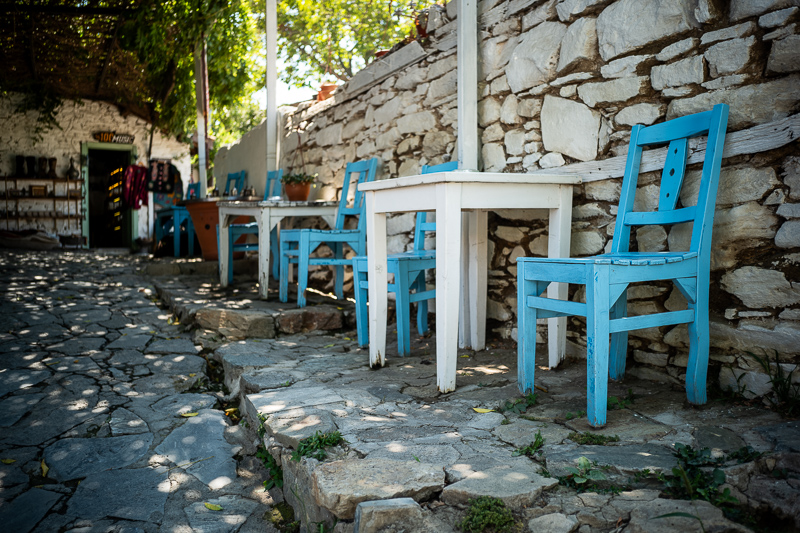




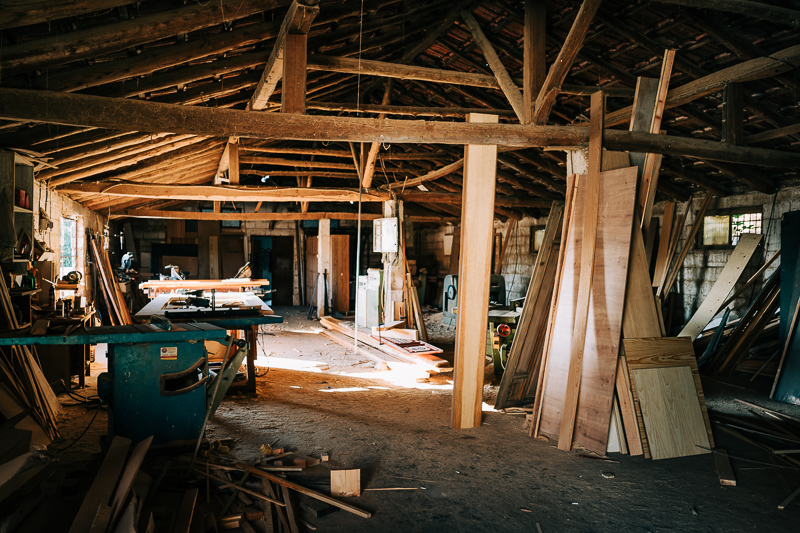





Most of the sample images in this review can be found in full resolution here.
Further Reading
- All Reviews of Leica M/M39 lenses
- Technical Knowledge
- Analogue Adventures
- Review: Laowa 28mm 1.2 Argus
Support Us
Did you find this article useful or just liked reading it? Treat us to a coffee!
![]()
![]()
![]() via Paypal
via Paypal
This site contains affiliate links. If you make a purchase using any of the links marked as affiliate links, I may receive a small commission at no additional cost to you. This helps support the creation of future content.
Latest posts by BastianK (see all)
- Review: SLRmagic 50mm 0.95 Hyperprime LM - July 5, 2025
- Full Resolution Pictures getting fixed - July 4, 2025
- Analogue Adventures Part 42: A wedding with Eastman Double-X 200 - July 2, 2025





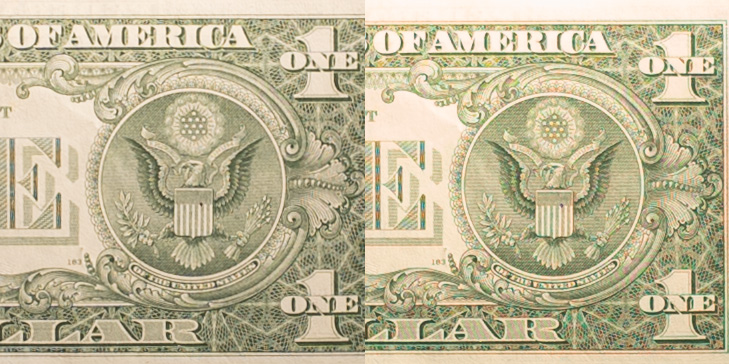


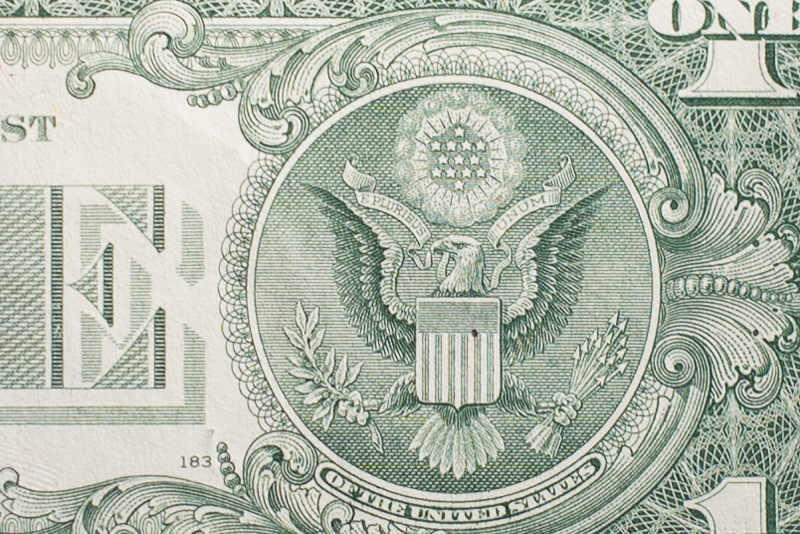



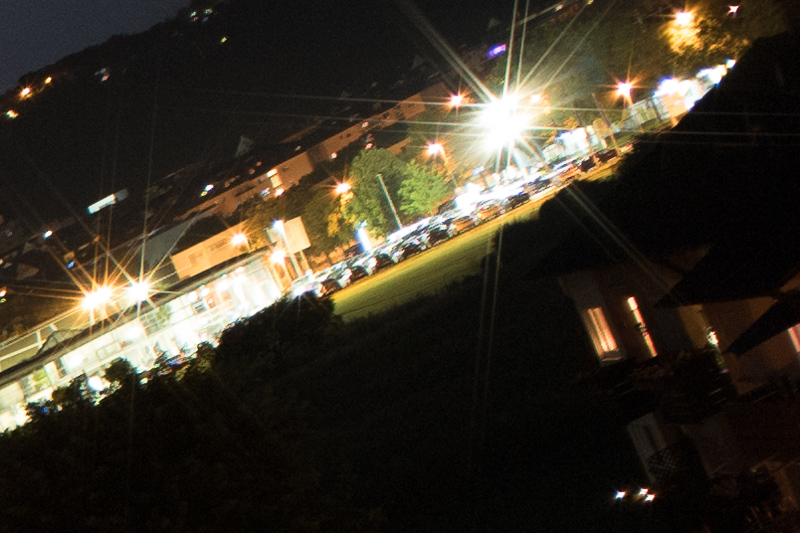












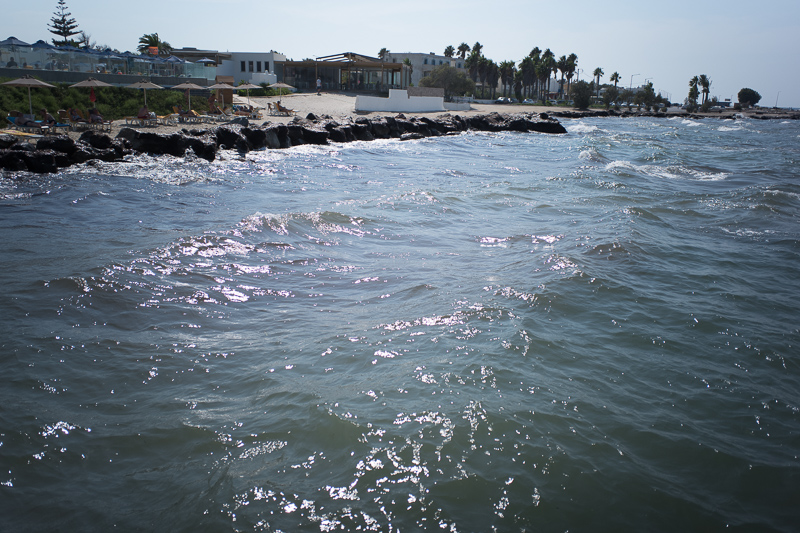

A little “bug report” as I’m still reading. Under lens specification you have: Elements/Groups: 8/5, instead of 8/7.
Voigtlander is so unpredictable. Lol they released a 55/1.2 for F mount after discontinuing a bunch of F mount lenses (but keeping their 58/1/4). Meanwhile, we don’t have any fast 55mm+ lenses for e-mount (but we have 3x 35mms). However, everything they make is gold so whatever they need to do to make the magic happen
Thanks for the great review. I have this lens and had the ultron 28/2 mk2. The Ultron is sharper but not in a nice way. The skopar renders scenes in a very pleasant manner. It’s hard to put into words… I would say the Ultron is like printing with gloss paper and Skopar is like matt paper – still sharp but more understated. I know other people who prefer the Skopar over the Ultron due to Ultron being so harsh. In general the skopars have beautiful rendering for scenes in focus. I feel they are often overlooked due to their price but I am not aware of other lenses with the unique mix of qualities that the skopars offer. I really hope they make a 50mm.
Thank you for sharing your impressions about the differences between the Ultron and the Skopar. I don’t own these lenses, but I have similar impressions and also prefer the Skopar.
The VM 28mm f3.5 was quite weak when not stopped down: at infinity, but really convincing at distances indoors. (So at shooting distances at which the amateur photographs his test panels.) I loved this optic on my Sony NEX-3, where it gave a “real” normal focal length. OFF-Topic (SORRY!): Does the VM 40mm 1.2 Nokton work (Viewfinder) on a Minolta CLE Body? I don’t want to settle for the VM 40mm 1.4.
With the 35mm 1.2 which is roughly the same size there are no issues, so the 40mm 1.2 should be fine.
Did you catch wind of the new VM 28/1.5? Any plans to review?
I asked for a review sample but no timeline yet.
It would be really awesome if it performed well with the Sony filter stack, but the odds seem against this.
My panasonic S9 needs a small 28 mm. Why does the sky look strange in the general plan photos, i.e. there is more blue in the corners than in the center? Do you recommend the f2 version more, but judging by your review, the angular clarity there is much worse than on this lens?
The huge vignetting makes the corners darker. This is true for all of these Voigtlander 28mm lenses as they all have similarly high Vignetting.